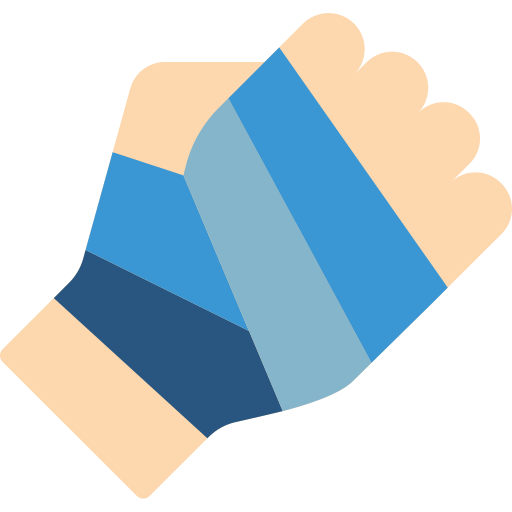It is well-established that exercise stimulates appetite while also regulating satiety.
For example, exercise induces the release of a hormone known as ghrelin, which increases the perception of fullness or, as it is also known, a feeling of satiety. The feeling of satiety, or appetite suppression, is often used as a method of controlling over-eating. Some people feel more full when they eat fewer of whatever food they have eaten, while others feel more full when they eat more, or when they exercise.
🎪 🧔 🏊♀️
It used to be popular to eat only a certain volume of food following an athletic event. In one study, participants in the study increased their consumption of food up to two thirds of the initial amount consumed when they ate when they exercised. Many people feel more full after eating, particularly sweet foods, while others feel fuller after exercising. The reason for having this effect is that the exercise and the eating trigger a complex chain of hormonal reactions that is the same in people of all ages. Many years ago, researchers proposed that it was possible to artificially trigger this feeling of fullness by stimulating the release of ghrelin following an exercise session.

In fact, researchers at the University of California conducted a clinical trial where they used an exercise-based appetite-suppressing treatment for weight loss. They gave obese participants a daily prescription of a ghrelin-releasing drug which they took while they were exercising on an exercise bicycle. The participants lost more weight on the ghrelin-releasing drug than on a placebo drug without exercise. Although researchers still do not understand the precise mechanism of how ghrelin works, it is clear that it is a hormone that is involved in regulating appetite and the feeling of satiety. If you tend to feel hungry after you eat a large meal, it may be because you are overeating and not jumping rope enough.